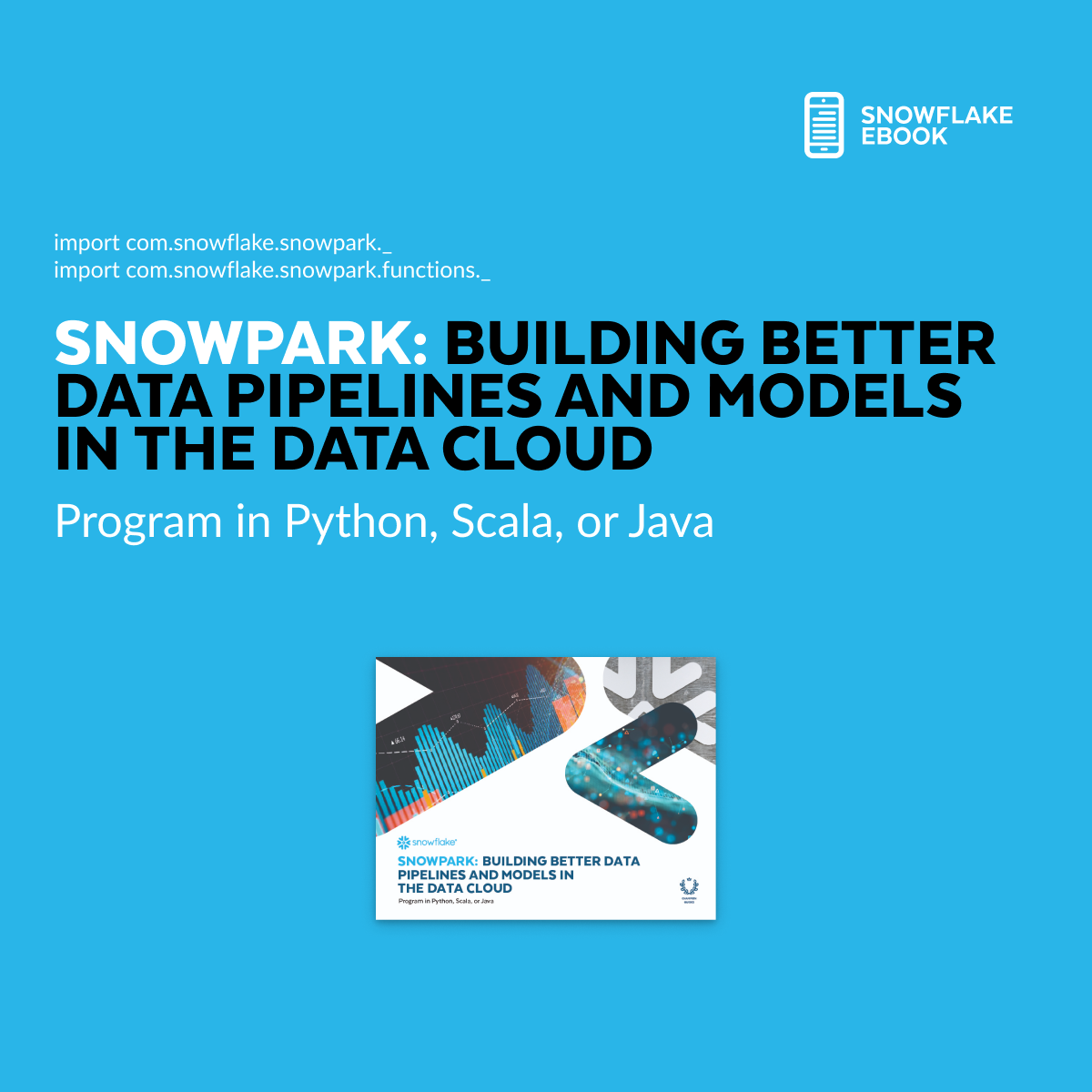Rapid advances in AI have resulted in increasingly more complex and powerful models that can make it difficult even for AI experts to understand exactly how these systems arrived at a specific conclusion. As a result, complex AI models operate within a black box; their internal workings and the logic they use to produce their outputs are opaque. Explainable AI (XAI) seeks to shine a light on AI systems so stakeholders can understand why certain results were produced and so they can trust those results. In this article, we’ll explore what explainable AI is, why it’s needed and three main methods used to demystify complex AI systems.
What is explainable AI (XAI)?
Explainable AI is a set of principles and practices that describe an AI model, its intended outcomes and the biases it may introduce. As AI-enabled systems play increasingly important roles in today’s world, explainable AI has become vital in helping stakeholders understand and trust how decisions are being made.
Explainable AI vs. interpretable AI
Although the terms “explainable AI” and “interpretable AI” are similar and often used interchangeably, there are some important distinctions between them. Explainable AI answers the question of why a model made a certain decision, while interpretable AI details how it arrived at the decision. With complex models, it’s extremely difficult to fully understand how and why the mechanics impact the output. However, it’s vital to explain the nature and behavior of even complex models so that stakeholders understand the relationship between inputs and outputs.
Why does AI need to be explainable?
When developers don’t fully understand why their models are producing the results that they are and business stakeholders don’t receive a clear explanation of how the system arrives at its conclusions, the potential for success is limited. Here are three reasons why today’s organizations must prioritize explainable AI.
Builds stakeholder trust
Lack of understanding results in lack of trust. All stakeholders should have confidence that the AI systems they use to make decisions are creating outputs and making predictions that are accurate and unbiased. In the case of employees and customers, distrust can lead to AI-enabled tools being unused and ignored. When users understand why an action was taken or a specific output generated, they’re more likely to engage with the AI system.
Improves quality
When specifics on how models work are poorly understood by those who build and maintain them, it is more difficult to spot when they’re not performing as intended. Methods used to ensure AI models are explainable also double as quality control mechanisms, helping teams quickly identify and correct errors and make improvements that boost efficiency.
Reduces regulatory and ethical risks
Unintended biases, faulty predictions, and use cases that deviate from accepted norms can create significant legal, regulatory and ethical risks and ignite a public relations firestorm. Legal and risk mitigation teams can use explainability documentation and information on the intended use of AI systems to verify that models do not run afoul of relevant laws and regulations.
Foundations of explainable AI
The ability to explain how an AI system reached a specific recommendation or prediction is the primary focus of explainable AI. Although there are many different processes and techniques used to ensure a model is easily explainable, the majority of these methods address one of three aspects of explainability.
Traceability
Traceability is a cornerstone requirement for explainable AI. It involves maintaining a detailed accounting of the provenance of data, processes and artifacts used in the production of an AI model. By tracking the entire lifecycle of data, including its origins, transformations and interactions within the AI system, the model’s resulting predictions and decisions can be more easily understood and explained.
Prediction accuracy
Prediction accuracy techniques are used to explain how AI models reach their conclusions. Black box models, such as deep neural networks, are powerful but their complexity makes it difficult to assess how they arrive at specific predictions. One example of a prediction accuracy technique is local interpretable model-agnostic explanations (LIME). This common method feeds a black box model with minor variations of the original data sample and examines the subsequent changes in the model’s predictions, using these variations to explain the prediction classifiers of the underlying algorithm. LIME and other prediction accuracy techniques are essential tools for creating interpretable explanations for individual predictions.
Decision-understanding
When people distrust the decisions or predictions of AI systems, they’re less likely to use them. Decision-understanding involves educating those tasked with using these systems and acting on their recommendations. Helping stakeholders understand why a particular decision was made is essential, especially in sensitive areas such as financial services, healthcare or manufacturing, where incorporating AI models into decision-making processes has significant implications..
Accelerate your AI initiatives with Snowflake
The Snowflake Data Cloud provides the development tools and infrastructure needed to build and power explainable AI models. With unified data access and elastically scalable processing, users can govern and process data and models in one place. With Snowflake’s Snowpark, you can streamline complex AI/ML workflows and easily transform data into AI-powered insights using your programming language of choice, whether that is Python or something else. Snowflake removes the infrastructure operations complexity from the process of developing and deploying powerful AI models so teams can focus on delivering value to the business.
Snowflake is empowering cutting-edge technologies like machine learning (ML), artificial intelligence (AI), and generative AI to enhance data-driven decisions. With generative AI, teams can discover precisely the right data point, data asset, or data insight, making it possible to maximize the value of their data.
